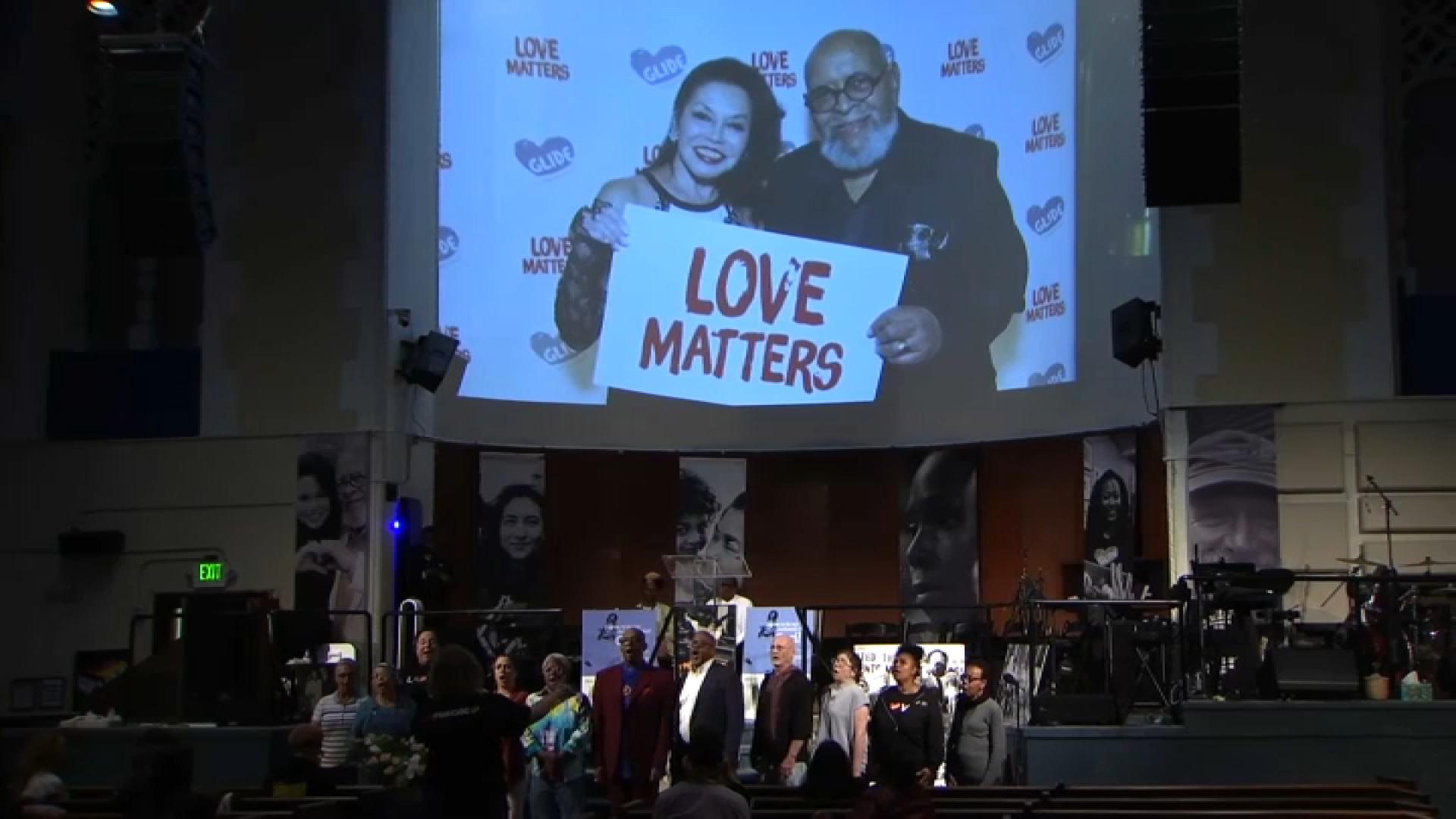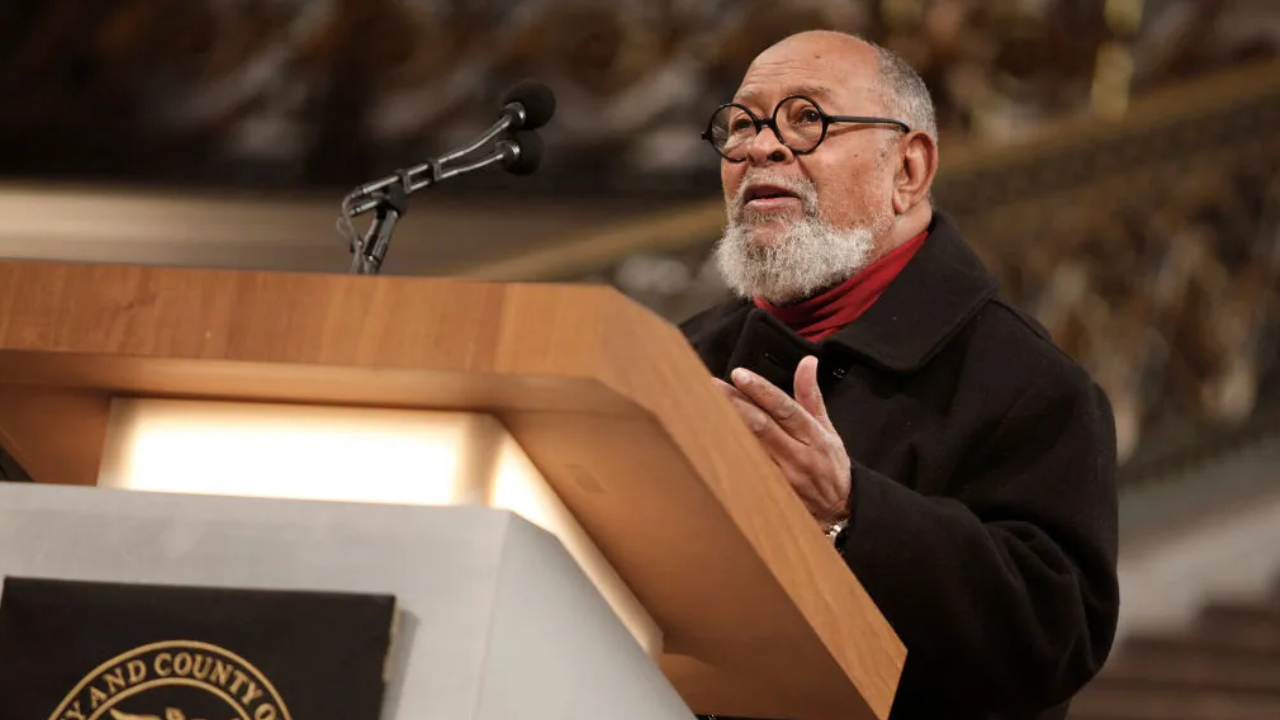Archivists are working to better code hundreds of hours of secret audio tape recorded by former President Richard Nixon in hopes that researchers will have an easier time searching, listening to and following along with the material in a simpler web interface.
Decades of legal wrangling over Nixon’s presidential records limited public access to the material. No government-run library for the former president existed prior to 2007, though many materials, including older audiocassettes, were available to the public. The National Archives and Records Administration joined the then-privately supported and nonprofit Richard Nixon Presidential Library and Birthplace in Yorba Linda, Calif., that year.
While recordings from the presidential administrations of John F. Kennedy and Lyndon Johnson presented their own problems for historians, the sheer size and often poor quality of Nixon’s tapes have made access in the digital age a unique challenge, said Ryan Pettigrew, an archivist at the Nixon library.
Staffers hope two new digital mastering workstations will make it easier for them to document audio that must be withheld to protect national security information, names and methods associated with the Secret Service and its role in protecting the president, privacy laws and other reasons.
They also hope the systems will help to log subject areas for search purposes, such as the Watergate scandal, which led to Nixon's resignation; Nixon’s historic 1972 trip to China, which helped end a quarter-century of chilled relations with the United States; and the Vietnam War. Pettigrew said the ultimate goal is to create a web portal where researchers can search, hear and save audio of interest.
He added that the library is not in the business of enhancing or cleaning up available recordings and is focused instead on using digital technology to preserve the originals as much as possible. It releases uncompressed files for audio experts who are seeking to improve their quality.
Sample conversations already are available online, such as one exchange between Nixon and then-Supreme Court Chief Justice Warren Burger in which the two discuss the landmark 1973 pornography case known as Miller v. California. In the conversation, Nixon questions First Amendment defenders of art believed to have “redeeming social value.” The Miller ruling established, among other things, that obscenity exists when the work “lacks serious literary, artistic, political or scientific value.”
Local
“I’m a square on that,” Nixon says. “I mean a square in the sense that … let’s face it. They’ve just gone overboard. It’s a question of balance. … The stuff today is not great art.”
Nixon directed the Secret Service in 1971 to install listening devices around the White House, at what was then known as the Old Executive Office Building nearby and at Camp David in Maryland, where presidents often have retreated to meet with world leaders.
Many of the recordings are difficult to hear, however, due to improperly placed microphones, slow recording speeds and audio interference. Nixon’s chief of staff, Alexander Haig, had the recording system removed in 1973 after a White House aide described it during Senate Watergate testimony.
A college professor and the advocacy group Public Citizen filed suit in 1992 to force open certain Watergate-related tapes that were previously not accessible, and a settlement wasn’t reached until four years later. Duplication of publicly available White House tapes wasn’t permitted until 2001.
View this story on California Watch
This story was produced by California Watch, a part of the nonprofit Center for Investigative Reporting. Learn more at www.californiawatch.org.



